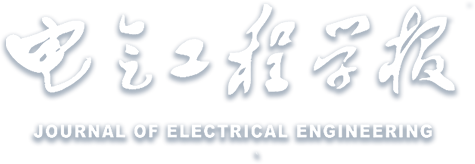Abstract:
In the bilateral power supply system of electrified railway, the primary side of multiple traction substations can be traced back to the same external power supply common connection point, which reduces the voltage level at the common connection point and limits the power supply capacity of the system. Therefore, based on Scott transformers and back-to-back static var generators, a power supply capacity improvement strategy to improve the overall voltage level of the system is proposed. According to the relevant national assessment standards for voltage level, a comprehensive compensation model for three-phase voltage imbalance and three-phase voltage deviation at common connection points is established. On this basis, the system power flow is analyzed by using the traction power supply network solution method with double-layer alternating iterative solving, and the correctness and effectiveness of the power supply capacity improvement strategy are verified according to the power flow analysis results. At the same time, the minimum allowable tracking time interval of the traction load is selected as the evaluation index to evaluate the power supply capacity of the bilateral power supply system after considering the compensation device. The results show that the proposed strategy can accurately compensate the three-phase voltage deviation and three-phase voltage imbalance to the expected value at the common connection point, indirectly inhibit the voltage fluctuation of the catenary, and then improve the overall voltage level of the bilateral power supply system and enhance the power supply capacity of the system.


 下载:
下载: